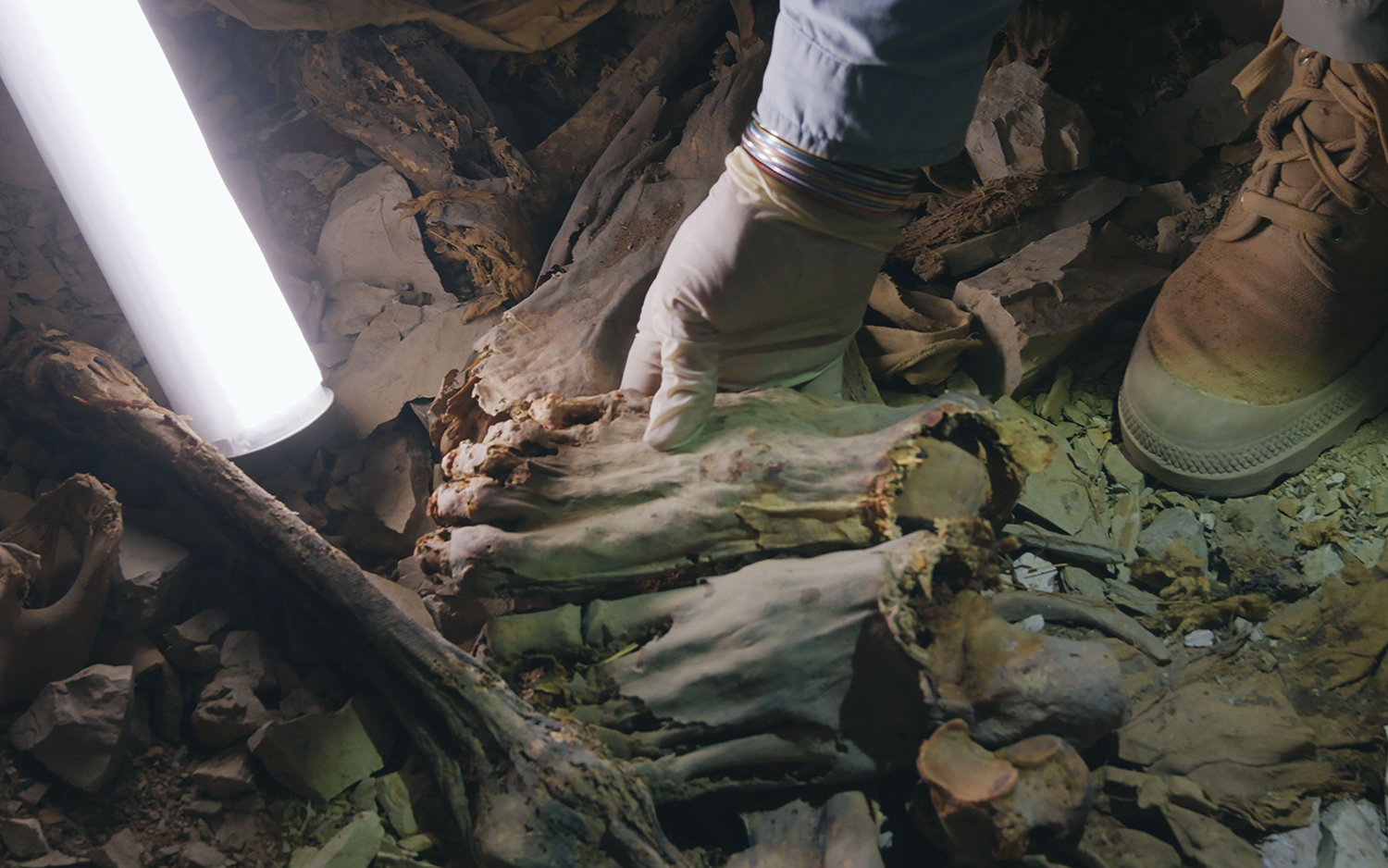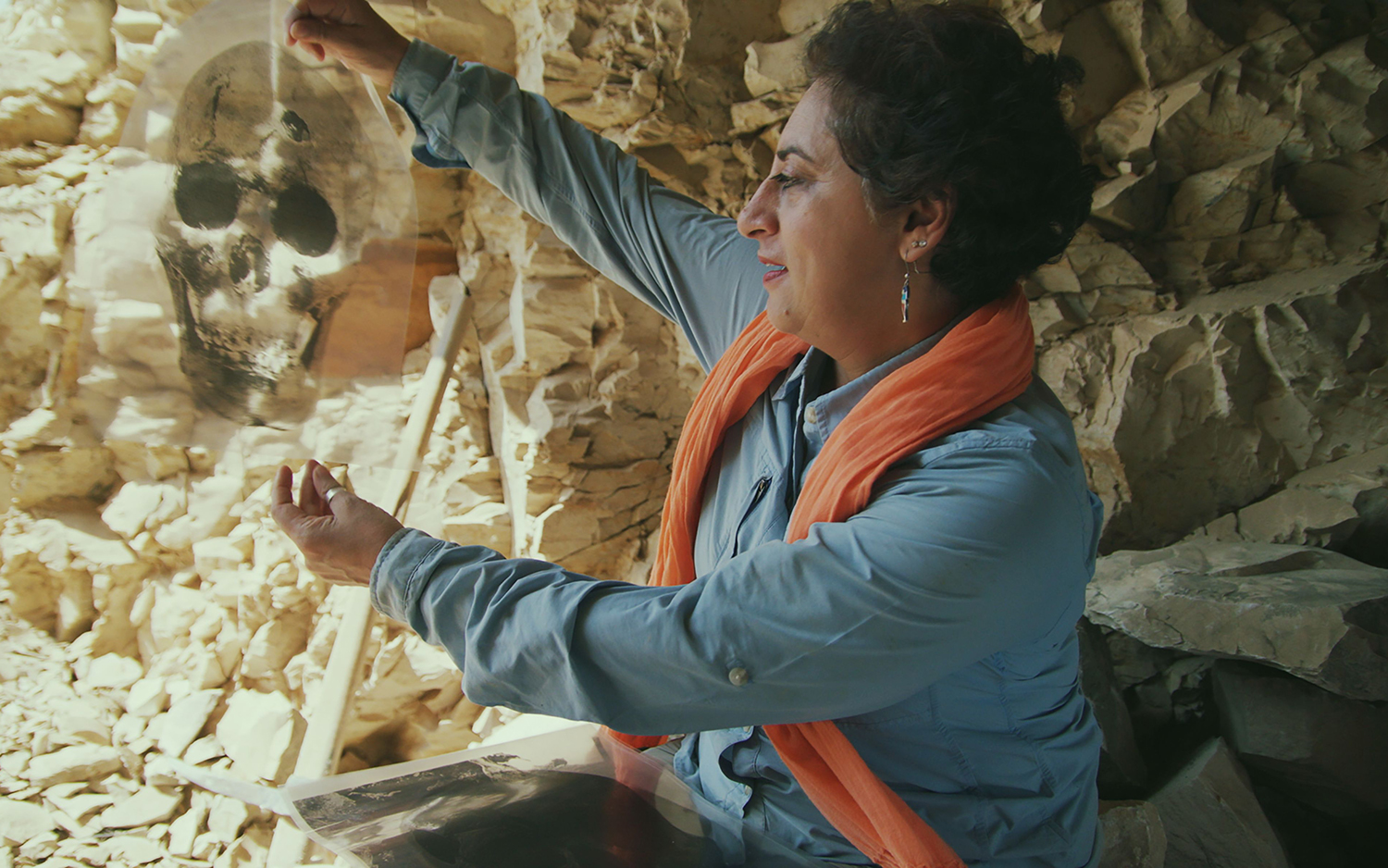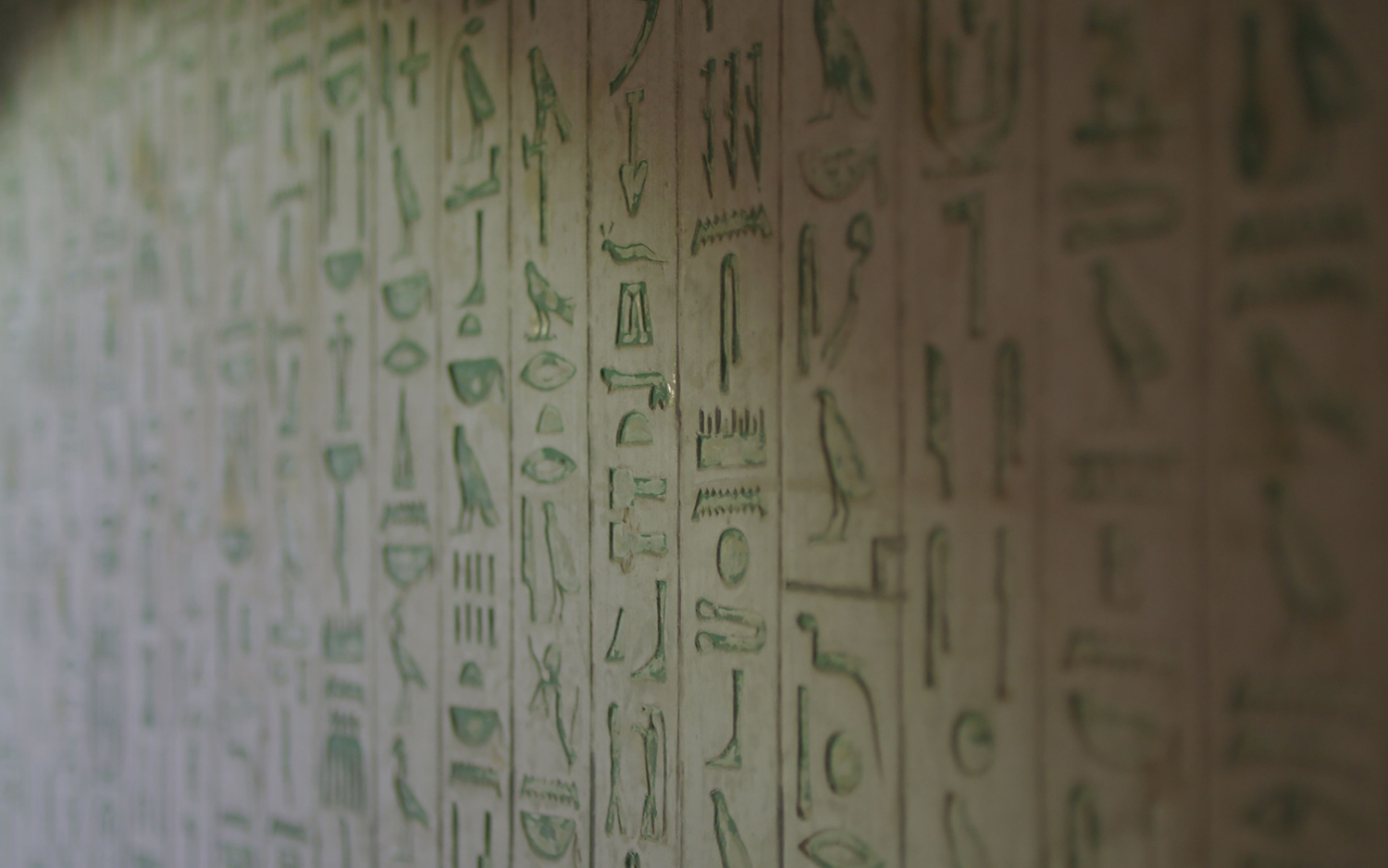60 Ancient Egyptian Mummies Entombed Together Died 'Bloody, Fearsome Deaths'

More than 4,000 years ago in Egypt, dozens of men who died of terrible wounds were mummified and entombed together in the cliffs near Luxor. Mass burials were exceptionally rare in ancient Egypt — so why did all these mummies end up in the same place?
Recently, archaeologists visited the mysterious Tomb of the Warriors in Deir el Bahari, Egypt; the tomb had been sealed after its discovery in 1923. After analyzing evidence from the tomb and other sites in Egypt, they pieced together the story of a desperate and bloody chapter in Egypt's history at the close of the Old Kingdom, around 2150 B.C.
Their findings, presented in the PBS documentary "Secrets of the Dead: Egypt's Darkest Hour," paint a grim picture of civil unrest that sparked bloody battles between regional governors about 4,200 years ago. One of those skirmishes may have ended the lives of 60 men whose bodies were mummified in the mass burial, PBS representatives said in a statement. [Photos: Mummies Discovered in Tombs in Ancient Egyptian City]
Archaeologist Salima Ikram, a professor of Egyptology at the American University in Cairo, investigated the mummies with a camera crew in late September 2018, with the cooperation of the Egyptian Ministry of Antiquities and the assistance of local experts, Davina Bristow, documentary producer and director, told Live Science.
From the tomb's entrance, a maze of tunnels branched out about 200 feet (61 meters) into the cliff; chambers were filled with mummified body parts and piles of bandages that had once been wrapped around the corpses but had come unraveled, Ikram discovered.
The bodies all seemed to belong to men, and many showed signs of severe trauma. Skulls were broken or pierced — probably the result of projectiles or weapons — and arrows were embedded in many of the bodies, suggesting the men were soldiers who died in battle. One of the mummies was even wearing a protective gauntlet on its arm, such as those worn by archers, according to Ikram.

"These people have died bloody, fearsome deaths," Ikram said.
Sign up for the Live Science daily newsletter now
Get the world’s most fascinating discoveries delivered straight to your inbox.
And evidence from elsewhere in Egypt suggests that they died during a period of extreme social upheaval. [25 Grisly Archaeological Discoveries]
A kingdom's collapse
Some of those clues lay in the tomb of the pharaoh Pepi II, whose 90-year reign had just ended, Philippe Collombert, an Egyptologist at the University of Geneva in Switzerland, told Live Science in an email.
Pepi II's burial tomb in Saqqara, Egypt, was ornate and spectacular; it was built during his youth, which suggests that the kingdom at that time was secure with no signs of civil collapse, Collombert said.
However, Pepi II's tomb was looted soon after he was buried. Such a profoundly sacrilegious act could only have taken place if Egyptians had already begun to reject the godlike stature of the pharaoh, and if the central government was no longer in control, Collombert explained.

As Pepi II's influence waned toward the end of his rule and local governors became more and more powerful, their burial chambers became bigger and more lavish. One governor's tomb, built in the Qubbet el Hawa necropolis after Pepi II's death, contained inscriptions that hinted at the conflict emerging between political factions, describing social disruption, civil war and lack of control by a single administration, Antonio Morales, an Egyptologist at the University of Alcalá in Madrid, Spain, said in the documentary.
And famine caused by drought may have accelerated this social collapse, according to Morales. Another inscription in the governor's tomb noted that "the southern country is dying of hunger so every man was eating his own children" and "the whole country has become like a starving locust," Morales said.
Together, starvation and unrest could have laid the groundwork for a frenzied battle that left 60 men dead on the ground — and then mummified in the same tomb, Ikram said.
"Secrets of the Dead: Egypt's Darkest Hour" aired last night (April 3) on PBS and is now available to stream on the PBS website and on PBS apps.
- Photos: 1,700-Year-Old Egyptian Mummy Revealed
- 24 Amazing Archaeological Discoveries
- In Photos: Ancient Tomb Full of Mummies Discovered in Luxor
Originally published on Live Science.

Mindy Weisberger is an editor at Scholastic and a former Live Science channel editor and senior writer. She has reported on general science, covering climate change, paleontology, biology and space. Mindy studied film at Columbia University; prior to Live Science she produced, wrote and directed media for the American Museum of Natural History in New York City. Her videos about dinosaurs, astrophysics, biodiversity and evolution appear in museums and science centers worldwide, earning awards such as the CINE Golden Eagle and the Communicator Award of Excellence. Her writing has also appeared in Scientific American, The Washington Post and How It Works Magazine. Her book "Rise of the Zombie Bugs: The Surprising Science of Parasitic Mind Control" will be published in spring 2025 by Johns Hopkins University Press.









